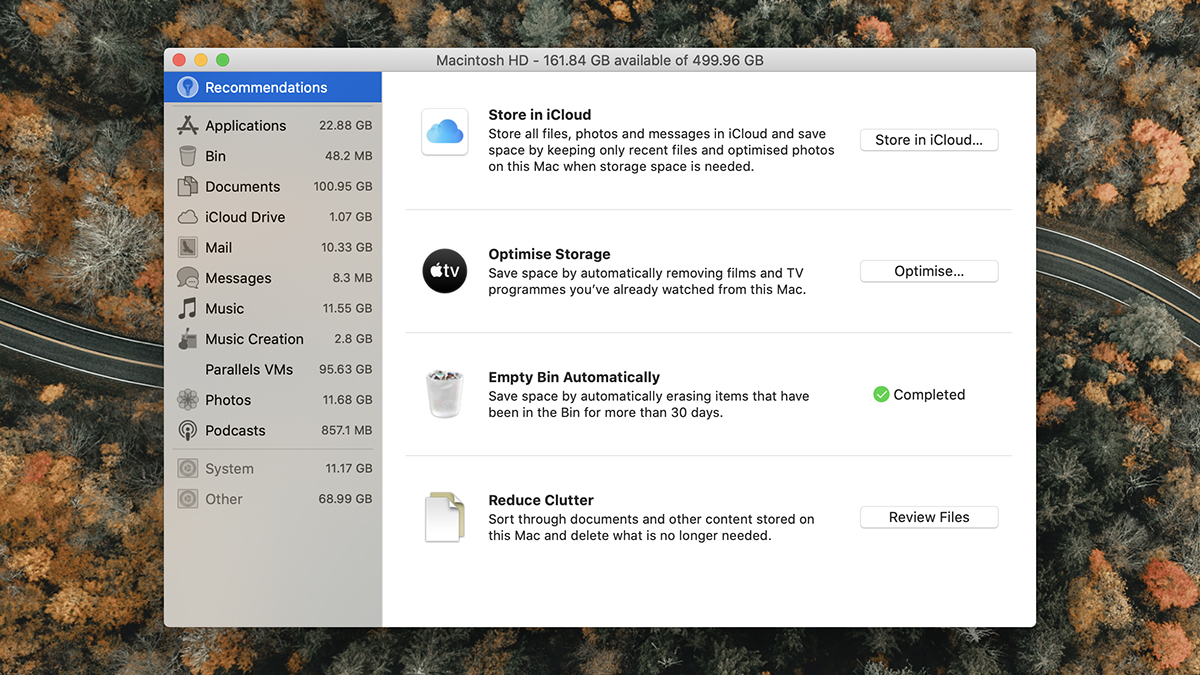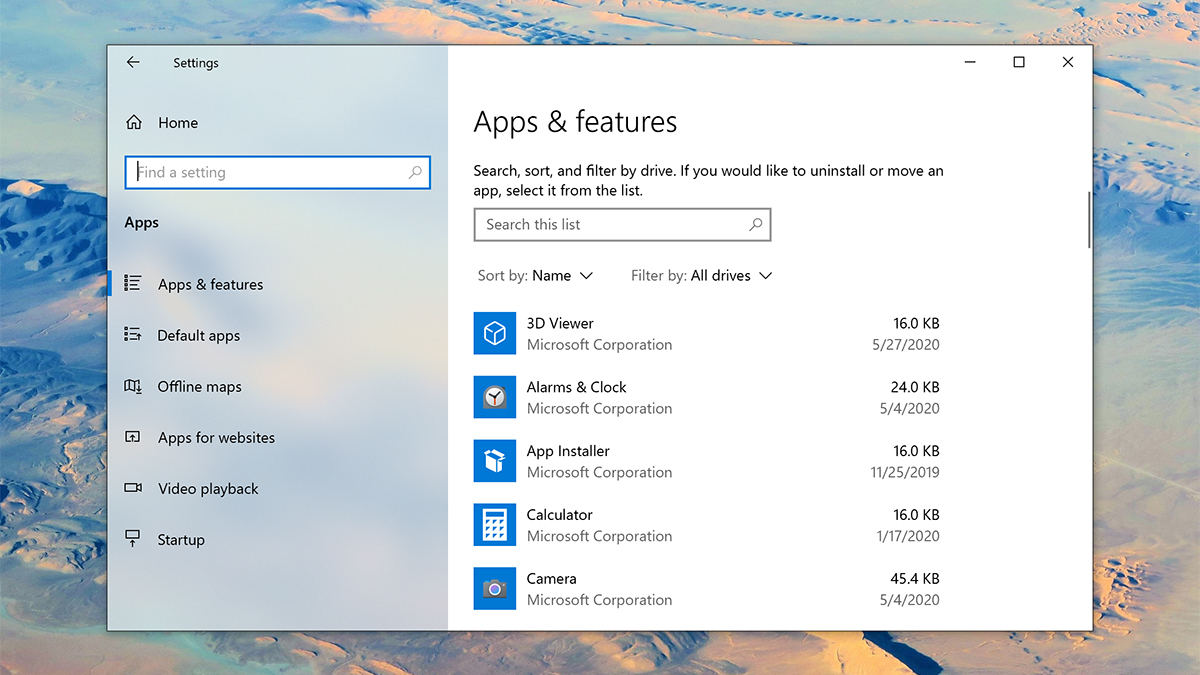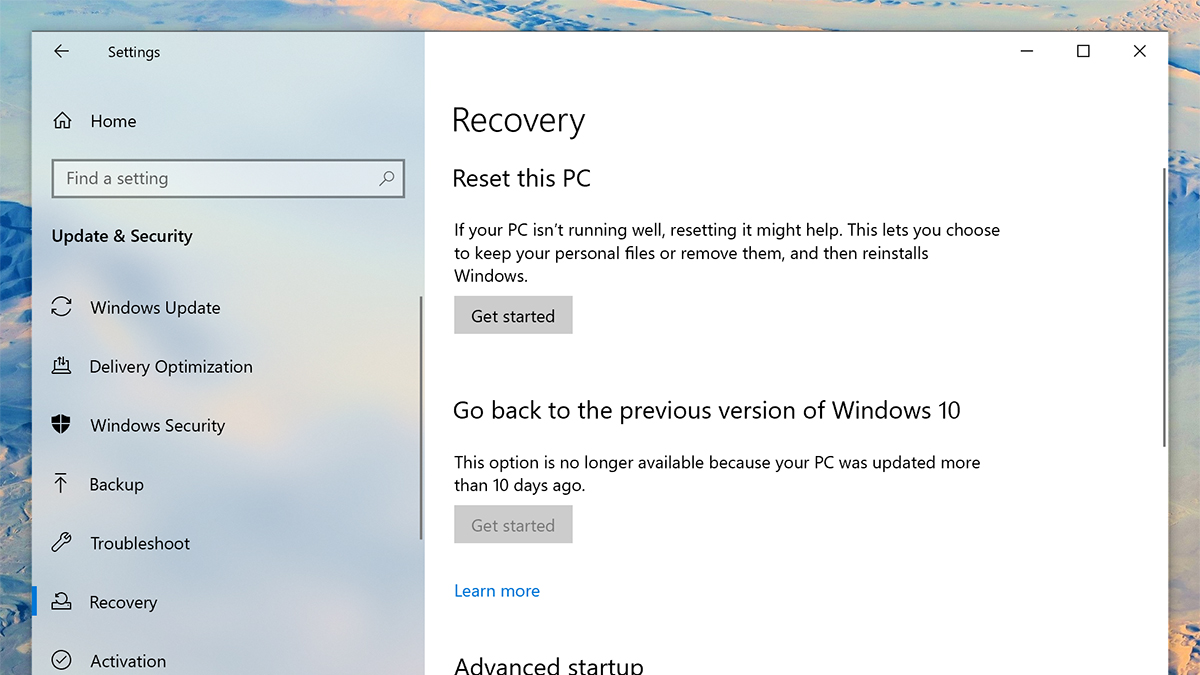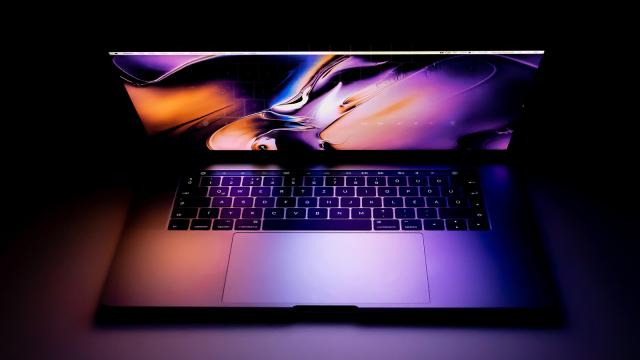Watching your computer gradually slow down seems inevitable. Your local storage space eventually fills with crap (or important files), and your installed applications become bloated and wheezy. However, you don’t have to settle for this slow-motion performance decay ” speeding things up can more straightforward than you think.
While we can’t cover every single reason for a computer slowdown, these are some of the more common problems you’re going to run into. Bear in mind, though, that in the end, after years of use, you might have to put your old machine out of its misery and upgrade to newer, faster hardware. (Just make sure you recycle.)
If only some parts of your creaking computer are outdated, you can save some money by just upgrading certain components, such as the RAM and the hard drive (we’ve written more about this here). For the purposes of this guide, we’re going to focus on the software tweaks you can make to get things up to speed.
Free up storage space
Computers don’t like running out of storage space. It causes files and folders to get split up, it adds extra inefficiencies to day-to-day tasks, it leads to problems with system updates, and eventually it can cause system crashes. Neither Microsoft nor Apple say how much space you should leave free, but 10 per cent of the total disk size is a good guide.
The good news is that clearing out space is easier than it used to be, thanks to the growth of cloud storage services and their integration into operating systems. Dropbox and Google Drive will keep files exclusively in the cloud until you need them, and so will the built-in iCloud (macOS) and OneDrive (Windows) tools.

On macOS, open the Apple menu, then choose About This Mac, Storage, and Manage. You’ll see some recommendations for freeing up room, including Store in iCloud (to automatically keep some of your older files exclusively in the cloud until you need local copies) and Reduce Clutter (which shows you the biggest files on your system, and lets you delete them if necessary).
Over on Windows, if you open the OneDrive panel from the notification area and choose More, then under the Settings tab you can check Save space and download files as you use them to keep files primarily in the cloud until local copies are needed. Both Windows and macOS let you go through your files and folders manually to get rid of stuff you don’t need.
Remove programs you don’t use
It can feel like a bit of a chore sifting through all the programs you’ve got installed, but getting rid of the dead wood will free up space on your computer (see above), give Windows and macOS less to worry about, cut down on the number of programs running in the background (see below), and improve system security, too. Fewer programs mean fewer potential routes into your system. Keeping your list of installed applications to a minimum is crucial to running a lean (and speedy) system.
The process is easiest on Windows, and has gotten easier over time. Open up the Windows Settings pane, then choose Apps and Apps & features to see everything that’s installed. Using the drop-down menus at the top, you can sort the list by size and date to find the biggest or oldest applications. Click on an entry in the list then Uninstall to remove it.

It’s a bit more complicated on a Mac: You can open Applications in Finder to look for installed programs, and if they’re in a folder then that folder might have a dedicated uninstaller tool in it. If not, your best bet is to drag the app icon or the entire folder (if the application has a folder) down to the Trash.
If you’ve installed something from the App Store, you can remove it via LaunchPad (look for it in Spotlight if it’s not in the Dock). Click and hold on the shortcut for the program you want to remove, then click the X when it appears. For an easier method, you can download the free AppCleaner to do the job instead.
Stop programs launching at startup
Plenty of programs will try to load themselves into memory when Windows or macOS starts up ” it means they can spring into action more quickly when needed, or keep your files in sync automatically, or protect your network, or whatever it is. A lot of these applications you’ll want running in the background at all times.
As more and more programs get added to the list, though, it can start to take a toll on your computer’s system resources. Not only will your Windows or Mac machine take longer to boot up, it’ll use up more memory and CPU time even while it’s sitting idle. Every so often, it’s a good idea to run an audit of what is actually booting with the operating system.

On Windows, you can take a look at the icons in the notification area. Most will let you disable this automatic boot behaviour. To see even more background applications and processes, you can right-click on the taskbar then select Task Manager and Start-up (click Disable where needed). You can also go to Windows Settings and choose Privacy and Background apps (turn the toggle switches off if necessary).
If you’re on a Mac, this isn’t quite as much of a problem, but it still happens. Look in the menu bar for persistent programs, and disable the ones you don’t need if you can (you can always launch them manually when needed). You can also open up System Preferences and then choose Users & Groups and Login items (click any entry then the minus symbol to remove it), as well as clicking and holding on icons on the Dock, choosing Options, then unchecking Open at Login.
Clean up your applications
Sometimes there are little tweaks you can make to your programs individually to combat system slowdown. Web browsers are a good example: They can become overloaded with extensions and add-ons, which then impact your browsing speed and the time pages take to load. Other applications on your system can suffer a similar fate.
We’ve written before about ways in which you can claw back some performance from your web browser ” dive into the extensions or add-ons menu (More Tools then Extensions from the Chrome menu, for example, or Add-ons from the Firefox menu) and disable the ones that you aren’t actively using. For the best results, uninstall any unnecessary extensions completely.

Firefox actually comes with a refresh button that you can try, which puts everything back to a factory fresh state and should erase any corrupted data or poorly configured settings. From the browser menu, click Help, then Troubleshooting Information, then click Refresh Firefox to put it back to square one. Bookmarks, passwords, and your browsing history stay put.
Your mileage may vary with the other software you’ve got installed, but many applications will have some way of tidying them up, whether that’s deleting archives or removing add-ons. For the most effective end results, uninstall the programs you use most often and then reinstall them from the web.
Reinstall the operating system
Speaking of reinstalling, to get the most speed possible from the hardware you’ve got, you can opt to wipe the slate clean with a fresh copy of Windows or macOS ” doing that applies all of the tips we’ve mentioned above in one go. It’s also much easier than it used to be to reinstall Windows and macOS, with so many files and applications now stored in the cloud anyway.
It’s easiest on Windows. From Settings, go to Update & Security, then Recovery, then Get started. For the best results, you want to choose to remove everything, including your installed applications and your personal files (making sure you’ve got backups in place, of course). There’s more detail and advice from Microsoft here.

When it comes to macOS, Apple has a thorough guide here, but basically, reboot your Mac while holding down Cmd+R as the computer restarts to get into the macOS Recovery screen. From there, you can select Reinstall macOS, and opt to wipe the hard drive before putting everything back in place. Again, double-check everything is backed up first.
If your computer is still sluggish and buggy after reinstalling the operating system, then it might be time to start thinking about replacing it ” or at least upgrading some of the key components. Even with the best tips and tricks for fighting slowdowns, old age will catch up to your hardware eventually.
